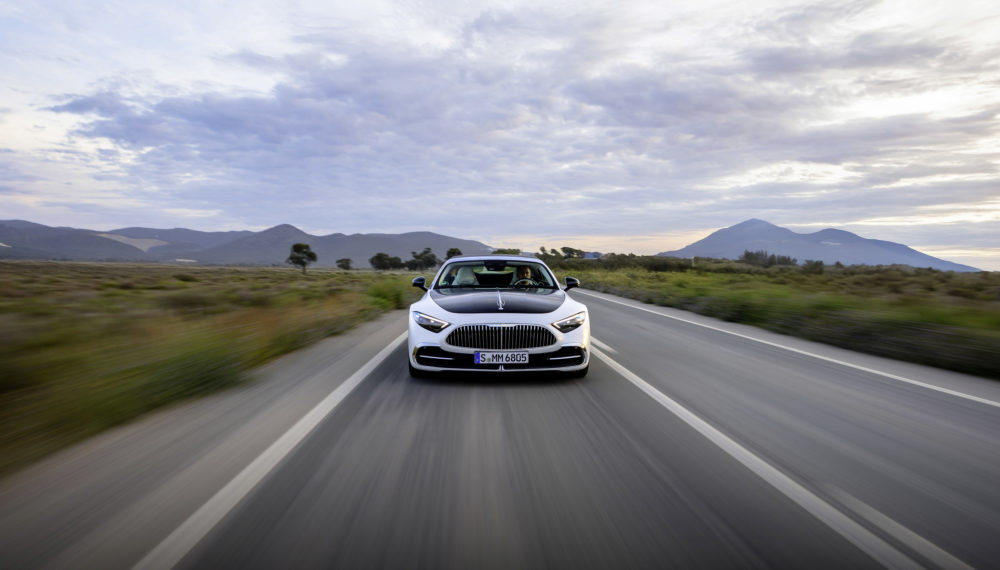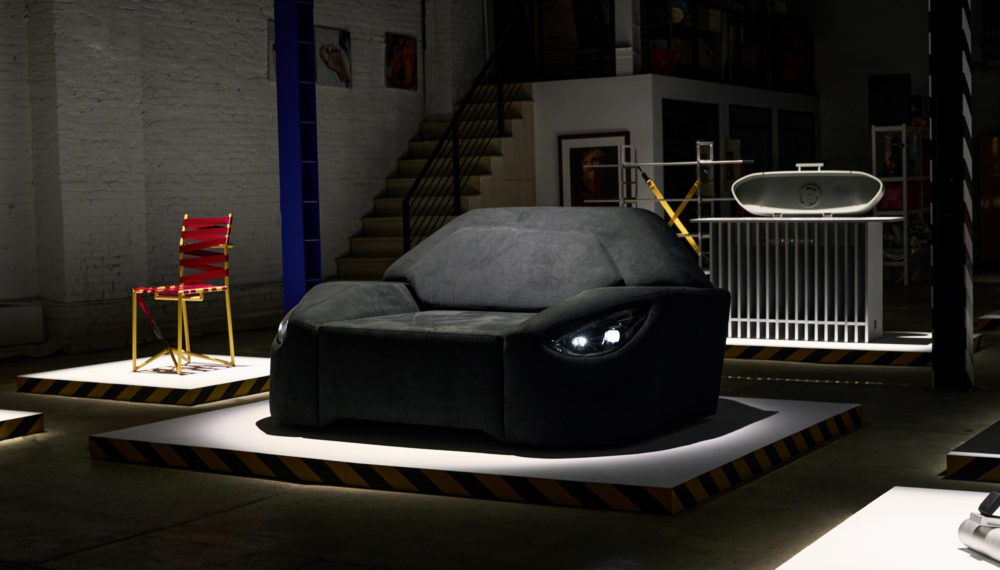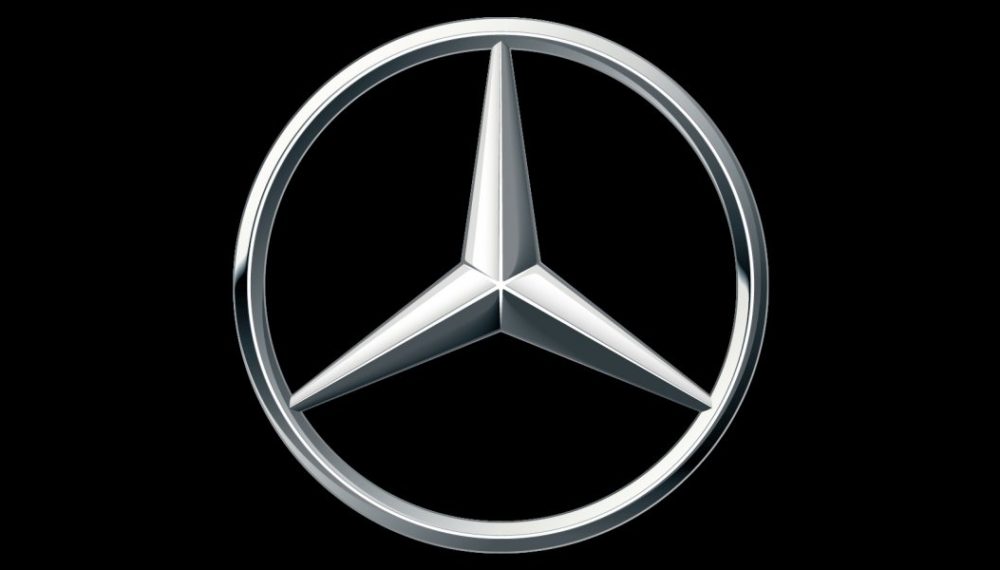After the Second World War, passenger car production commenced with the successful 170 V model, initially as an ambulance, police patrol car and delivery van. In July 1947, production of the Saloon variant also recommenced. At the same time a number of completely new vehicles were designed, some of which were very unusual creations. In 1948 a particularly small car, at least by Daimler-Benz standards, was created. It was a compact car with an overall length of 3.70 metres. It had two doors, a bench seat in the front for up to three people and another small bench seat in the rear for younger passengers. This two-door vehicle was driven by a four-cylinder engine with overhead camshaft and a displacement of 1.2 litres, derived from the 1.8-litre six-cylinder engine which was also in the project stage. Commenting on it in March 1949, chief engineer Fritz Nallinger said: “The design of a light, 2 to 2 ½-seater car (560 kg) decided on at that time has seen a great deal of progress in the meantime and is showing some promising results.” Nevertheless, the vehicle, along with the two engines, remained stuck at the project stage. The 1.8-litre unit was subsequently developed into the M 180 model series 2.2-litre engine for the Mercedes-Benz 220.
Mercedes-Benz W 122 model series
A good three years later – while the passenger car model portfolio had in the meantime once again come to comprise the full established range, from the 170 V model through to the luxury car – the Daimler-Benz board took the decision at its meeting of 2 February 1953 to design a car based on material and labour costs that were 15 to 20 lower than those of the 170 V model. It was to be the successor to the 170 V and 170 D models
(W 136 I model series), after replacing the 170 S with the 180 model (W 120) in the autumn of 1953. Nallinger described the new vehicle thus: “It is clear that the body must be new, with a smaller interior and smaller window areas compared with the W 120. Width and length will be like the 170 S, two-door body, bulkhead, dashboard, luggage compartment like the W 120, front seats like the 170 V.”
By 1956, the vehicle then referred to internally as the W 122 had reached a considerable degree of maturity. Based on all of the ingredients, it had the makings of a very successful future. Nevertheless, it did not make it into series production for two reasons: firstly, in 1958 Daimler-Benz took over Auto Union and as a result there was a certain conflict of interests between a large DKW and a small Mercedes-Benz. Secondly, shortly before their market launch the existing models of the W 111 series, as planned in their last version with their new safety concept of a W 122 series on the conventional platform of the W 120 series, were left appearing somewhat obsolete.
By today’s standards, the appearance of the W 122 model series is extremely interesting: experiments were already underway with the design of an SL-look saloon as early as the mid-1950’s. At the time, it was intended to replace the traditional Mercedes-Benz “face”. Many years later it was offered as an alternative in the C-Class (204 model series), as part of the Avantgarde equipment line.
Mercedes-Benz W 118/W 119 (1960’s)
Nallinger did not give up on his idea of an entry-level model, or lower end model, as he defined this vehicle group. With the purchase of Auto Union in particular there was a need for development in the medium term, since it was conceivable that the two-stroke vehicles under the Auto Union brand of DKW would not have a future, and there was still a need for a Mercedes-Benz product below the current model classes in order to achieve a coherent overall portfolio.
As a result, around that time the advance development department in Untertürkheim – headed up by Ludwig Kraus – designed a vehicle which was assigned the project designation W 118. For this the engineers planned to use a valve-controlled, horizontally opposed engine with a displacement of 1.5 litres and front-wheel drive. At the same time, a new highly-compressed four-cylinder inline engine (M 118), with a displacement of 1.7 litres, was also tested. The W 118 was developed further into the W 119. This had a new highly-compressed engine, called the “H-engine” by Daimler-Benz, which boasted a high compression ratio of 1:11.2 and was also very economical. With their SL face, low beltline, roof attachment clearance and rear design, the test vehicles produced were close to the Mercedes-Benz 230 SL (W 113) in terms of style. Even when considered by today’s standards, the appearance of the model series is still considered to be very respectable.
In 1962/63, when problems arose with the two-stroke engines of the DKW F 102 at Auto Union, the Daimler-Benz subsidiary at the time, Nallinger dispatched Kraus to the town to help with damage limitation. In his luggage he had the plans for the W 119 model series and the H-engine. This came to be used from the mid-1960’s at Auto Union, where it was designated the “intermediate pressure engine”. As a result, Daimler-Benz provided the subsidiary with a solution to the two-stroke engines, which were no longer considered contemporary, in the form of more modern four-stroke engines. Auto Union was sold to Volkswagen in 1964/65.
Shortly before his retirement in December 1965, Nallinger said: “For his part he assumed that this model – which, as indicated, we were already testing – would possibly be produced at BMW or Auto Union.” And then continued to comment on the programme: “I believe that such a second car model, which can also be viewed as a collective model, must now [, many years later therefore,] be redesigned as quickly as possible and the issue of its testing tackled […].”
We should perhaps give a brief explanation of the reference to BMW here: at the end of the 1950’s, the company was experiencing financial difficulties which were to be addressed with the help of the Deutsche Bank and the involvement of Daimler-Benz.
















































